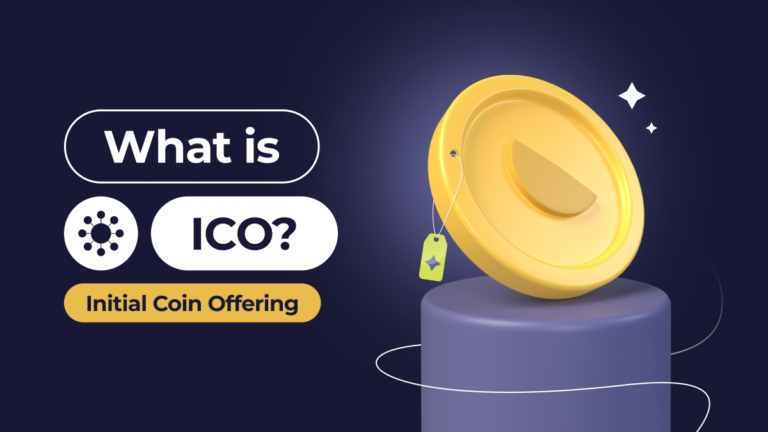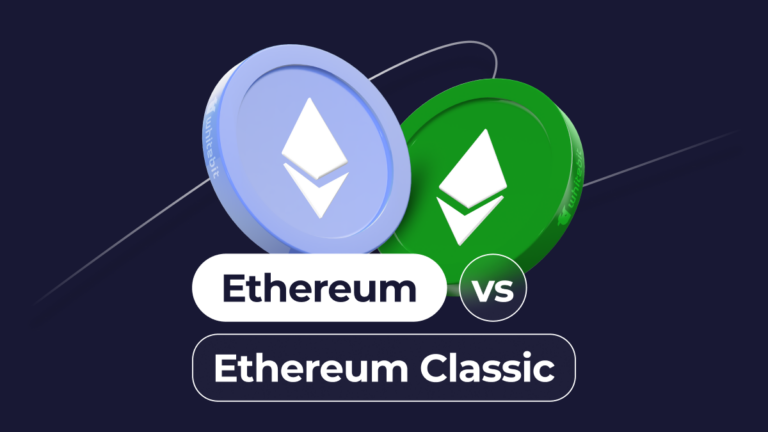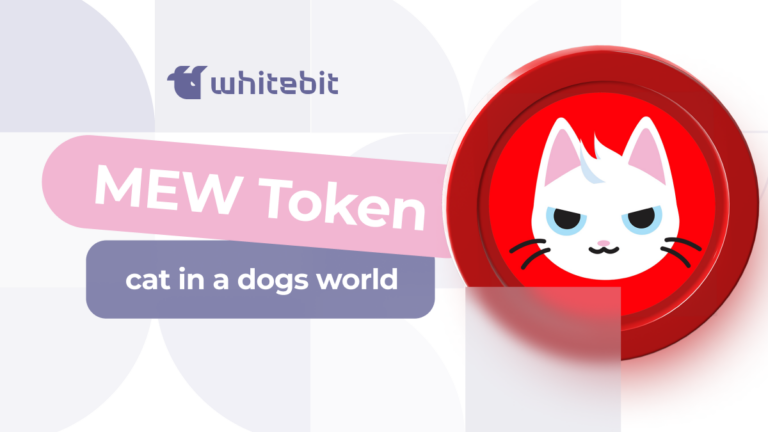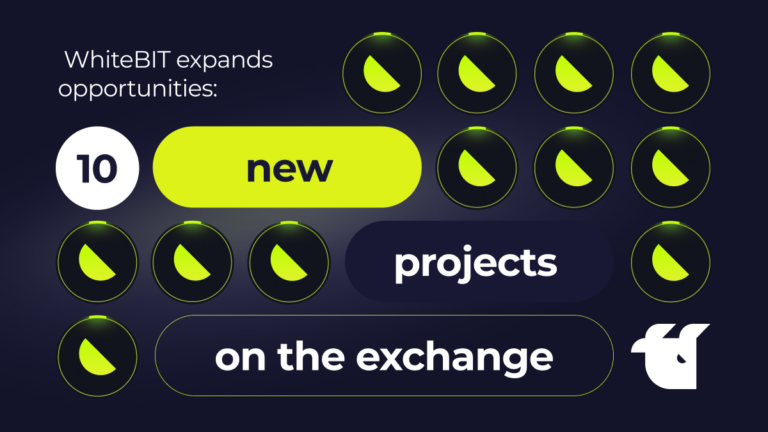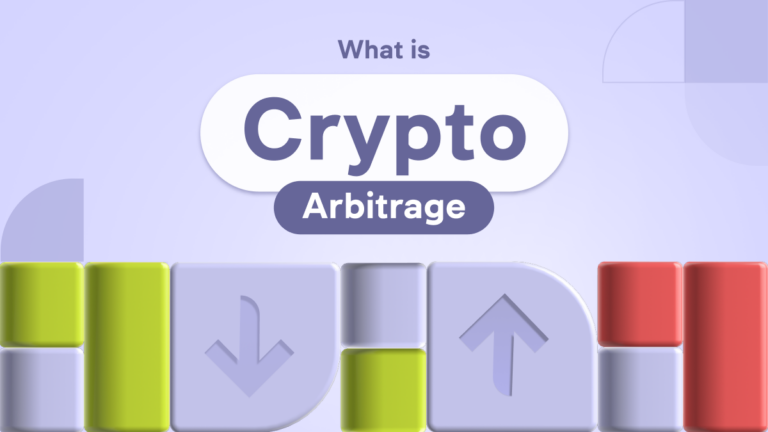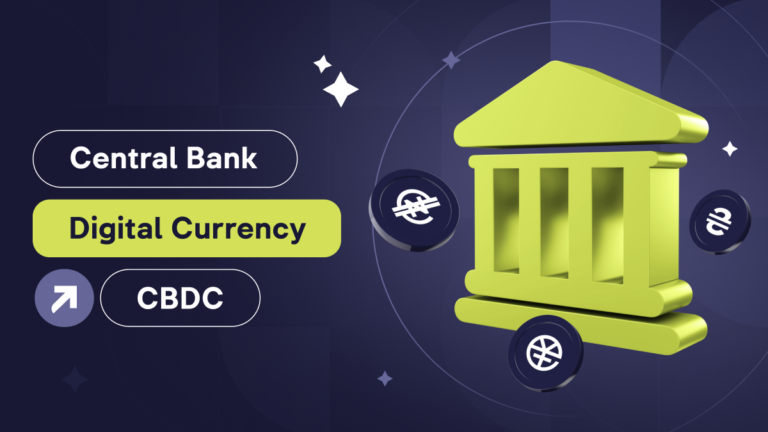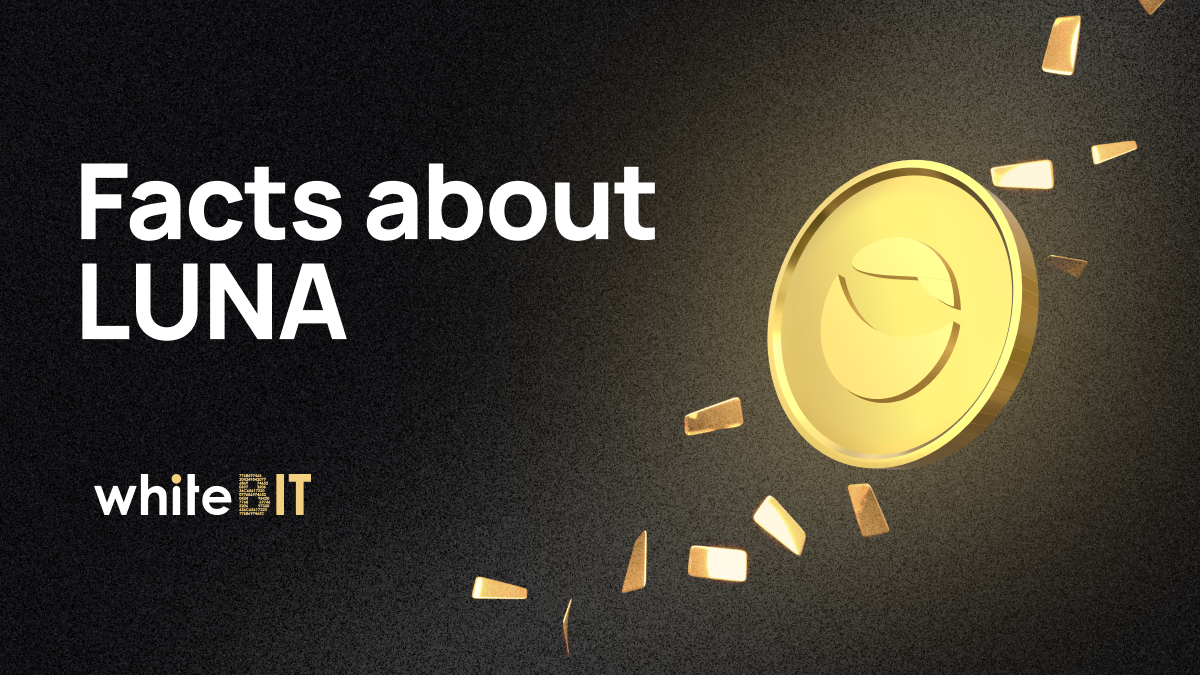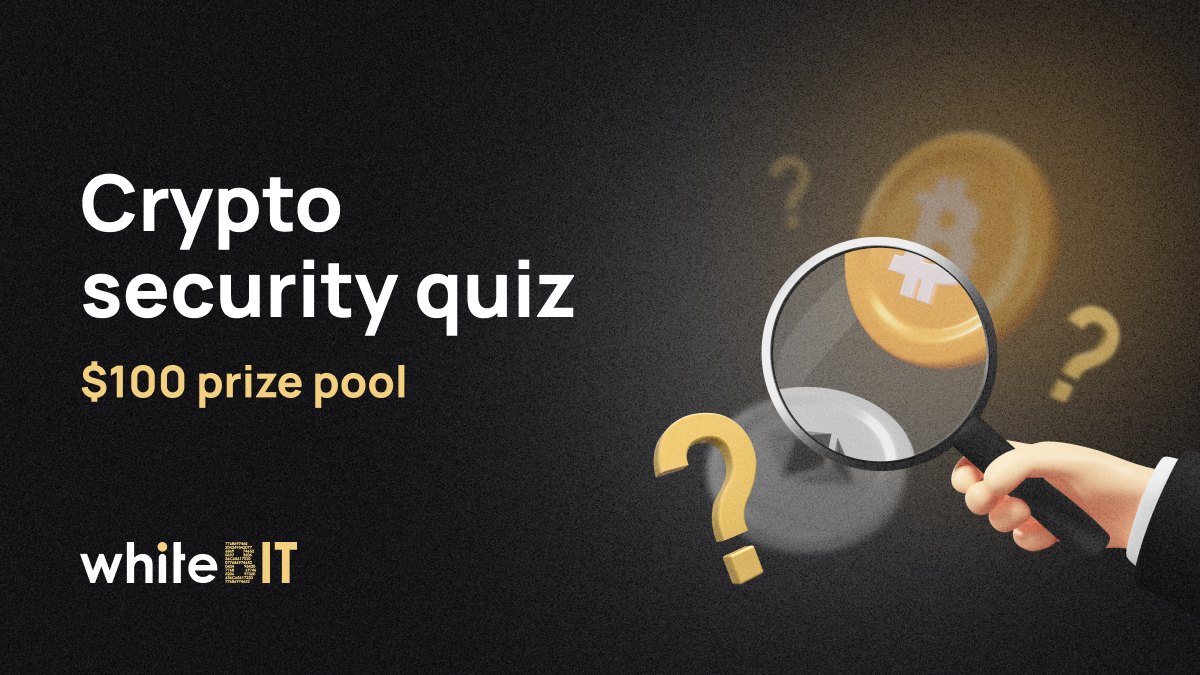OCO orders: everything at once
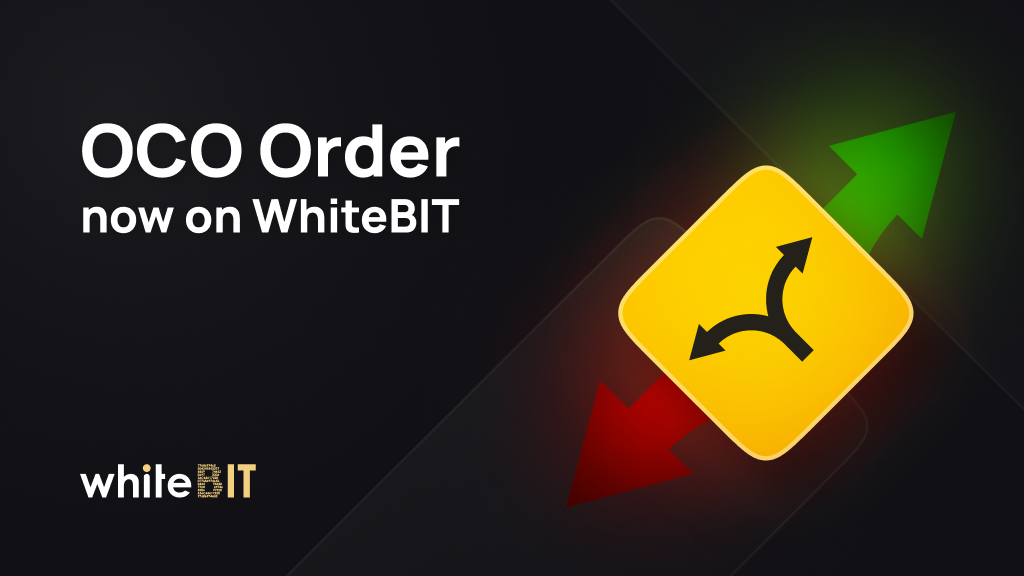
Content
The crypto market offers traders a variety of trading tools to simplify and maximize the outcome of the trading process. Without a doubt, orders are the primary tool of a crypto trader.
However, profitable deals require constant monitoring and analyzing of the asset’s behavior. Due to the volatility of prices in the crypto market, you can lose income in a few seconds. That is why there are pending orders. They order an exchange to buy or sell an asset at a set price. The peculiarity of such orders is that they are executed automatically, even if the trader is not logged into his exchange account at the moment.
The next step in the development of pending orders was the OCO order, which allows dealing with downward and upward market movements simultaneously.
What is an OCO order
OCO order is an interchangeable order that combines limit and stop-limit orders. When such an order is created, two orders are placed simultaneously:
- the limit one allows for buying or selling an asset at a specified price;
- the stop-limit order is activated when the price reaches the stop value and is executed at the specified limit price.
OCO stands for One Cancel the Other. When placing such an order, one amount of funds or coins is reserved, and when one of the two orders is executed, the other is automatically canceled. Additionally, both commands within one OCO order are aimed only at buying or selling cryptocurrency.
Pros and cons
OCO provides an opportunity to take care of profits and losses simultaneously, that is, to fix income when the price rises and reduce losses if the value of a coin or token drops. It means that a trader can set different prices for selling or buying within one order.
Another advantage is that in case with an OCO order, only one of the two orders will be executed. They are also both designed for the same volume of crypto. Such a mechanism eliminates the possibility of unforeseen expenses.
Like other pending orders, OCO does not require control and helps manage your time efficiently. In addition, using the risk-to-reward ratio, you can trade according to specific stop loss & take profit patterns (1:1, 2:1, etc.).
Yet, it has a couple of disadvantages as well. Both orders can only buy or sell an asset, and analysts believe it limits your potential earnings.
How to place an OCO order on WhiteBIT
On our exchange, you can either create an OCO order or use the stop loss and take profit (SL&TP) functions to modify an existing one.
When creating a new OCO order, remember that it can only be used to buy or sell an asset.
Log in to your exchange account. Go to the «Spot» tab in the Trading section of the top menu. Find the trading zone at the bottom of the page and select the «Stop-limit» option. In the dropdown list, choose OCO.
After the required terminal is opened, enter your data:
- in the «Price» field, specify the price of the limit order;
- in the «Stop price» field, set the activation price of your stop-limit order;
- in the «Price» field, specify the execution price of your stop-limit order;
- select the amount of the asset you want to purchase or sell.
When trading with leverage, you can modify already created orders using the SL&TP function. For this, open an already created order, activate this function, and set the parameters for selling or buying an asset.
Please note that activating the function impacts the entire order you want to modify. Two orders to buy or sell crypto will be created and placed when confirmed.
An example of an OCO buy order
Let’s see how an OCO order works on Bitcoin’s example. For instance, you want to buy 1 BTC for $14 000 while its current price is $15 000, and you also want to not miss a pump if it happens. So, you create an OCO order. In the “Price” field, you enter $14 000, and for a stop-limit order, in the “Stop Price” and “Price” fields, you enter $16 000.
If the BTC price rises, your stop-limit order will be executed, and the limit order will be canceled. But if the price of Bitcoin drops, the order will automatically be executed at $14 000, giving you an opportunity to buy BTC at a reduced price.
If the stop price and the execution price in the stop-limit order are the same, then the deal will be executed immediately after the stop price is reached. You must set the activation price slightly above the execution price for a stop-limit order.
An example of an OCO sell order
An OCO sell order helps to sell an asset at the best possible price. In this case, the limit price should be higher than the current market value, and the stop price in the stop-limit order should be lower than the current market one. If 1 Bitcoin is worth $15,000, the price of the limit order will be $16 000 (it will be executed at that price). The price and stop price within the stop-limit order in this case should be lower than the asset’s current worth. That will protect you from losses in the event of a market crash.
Where can I see my current OCO orders
Right after an OCO order is placed, you can see it below the trading area in the «Open orders» field. You can also delete the order from there. If one position out of two within one OCO order is deleted, the second one is automatically canceled.
Conclusion
That is everything you need to know for dealing with this order type. Despite some subtleties in using the OCO order, it is an indispensable tool for traders who want to automate the trading process and minimize losses. The cryptocurrency market requires much attention, and OCO orders allow avoiding unwanted fluctuations and saving your finances and time.
Have good trading!
WhiteBIT Team

